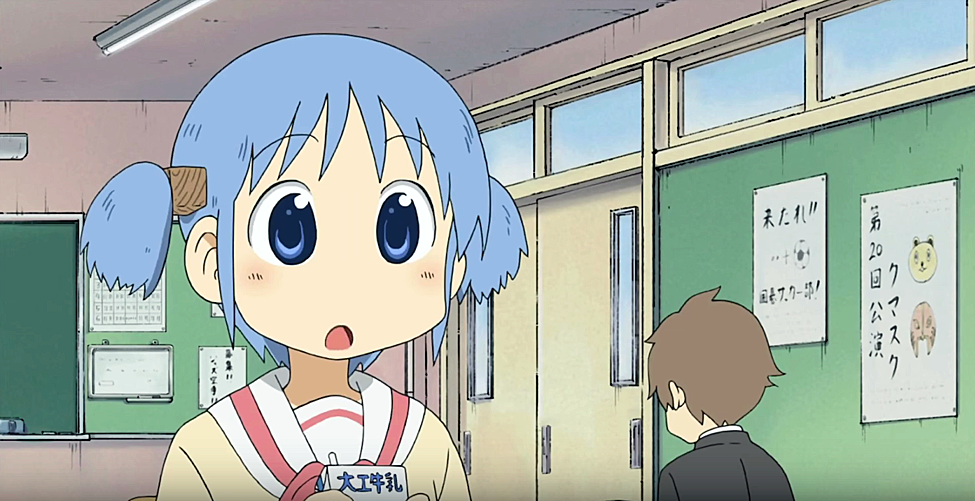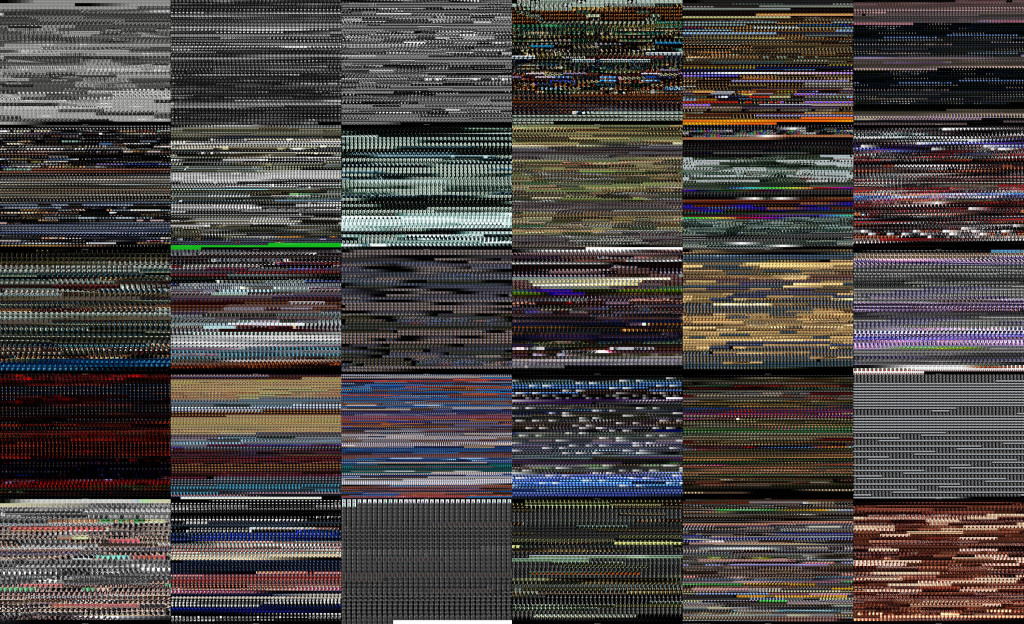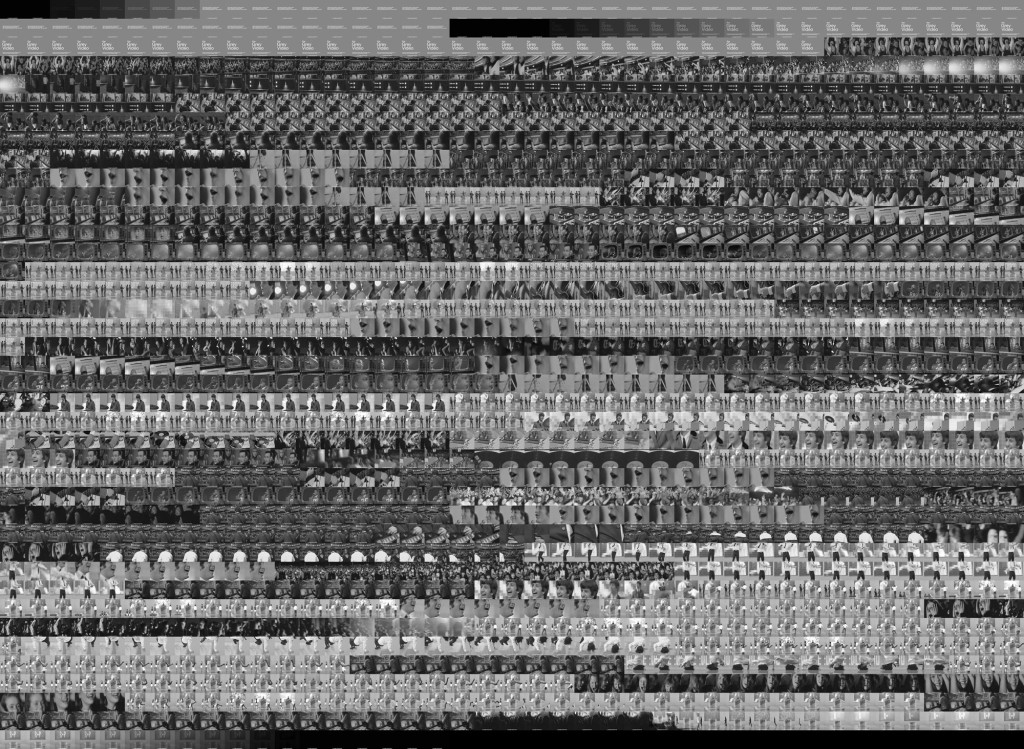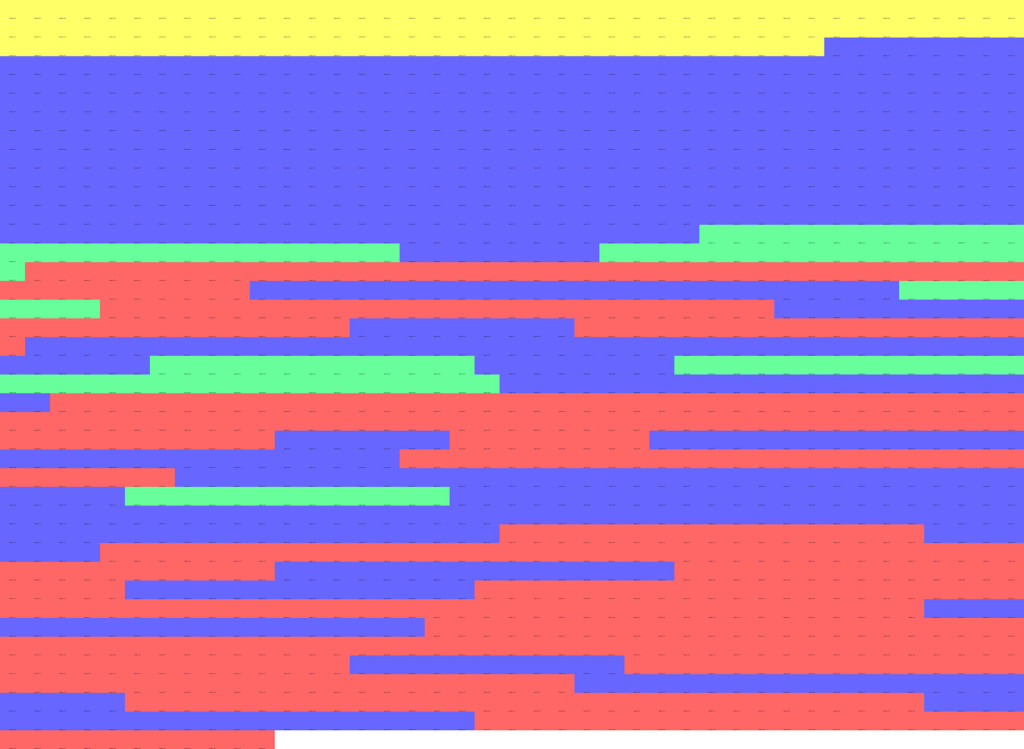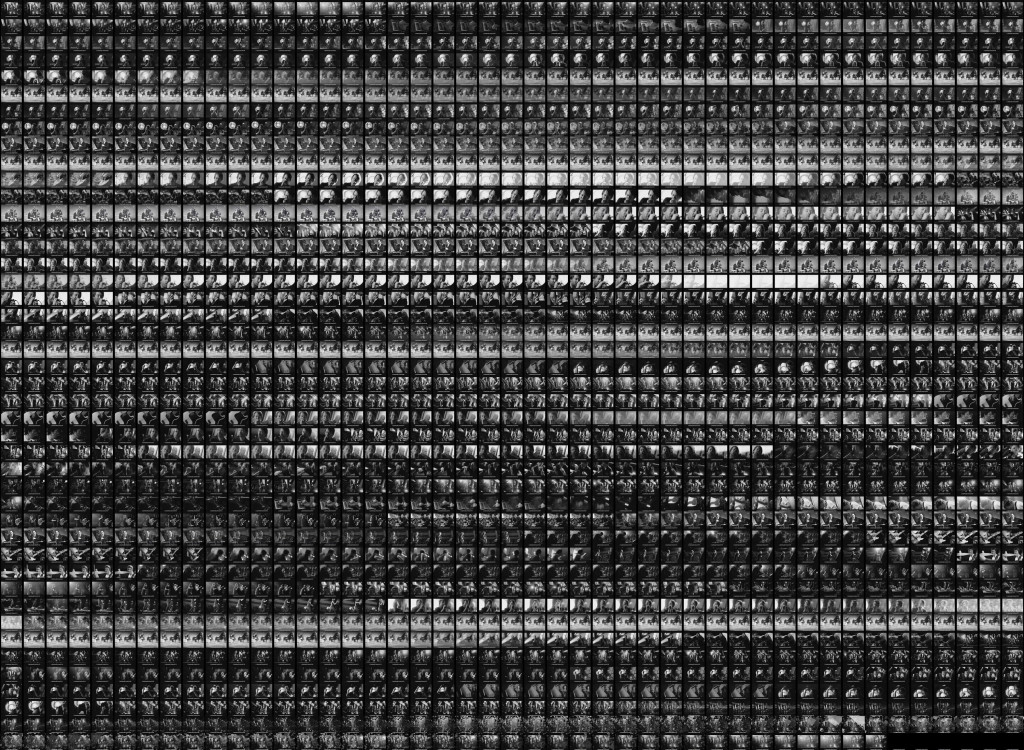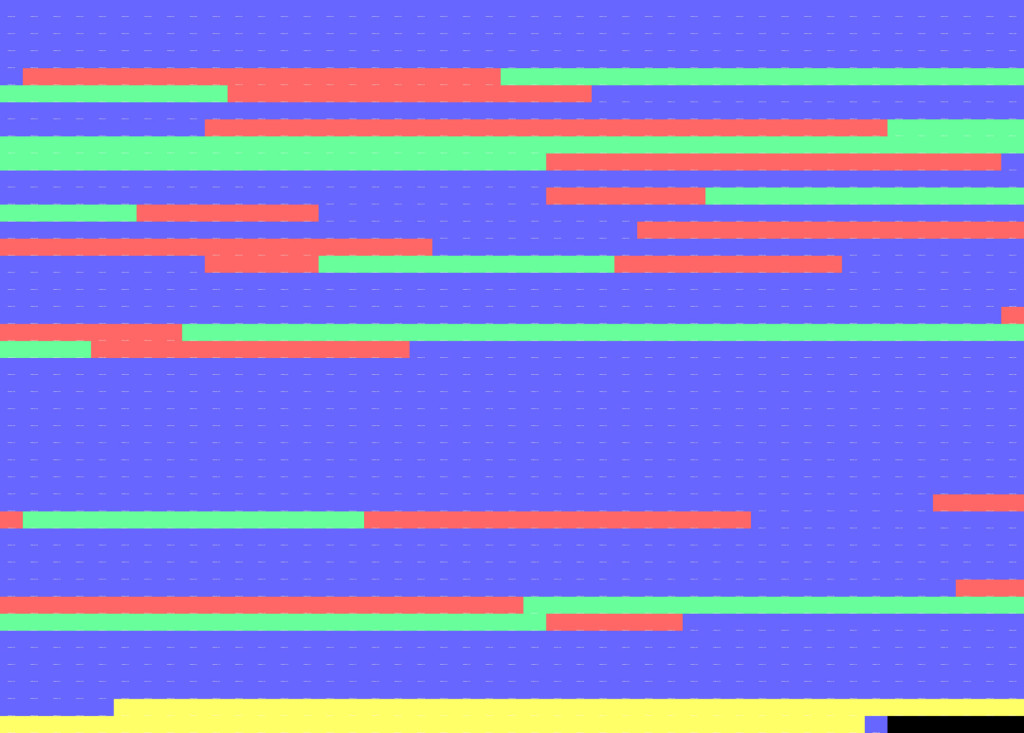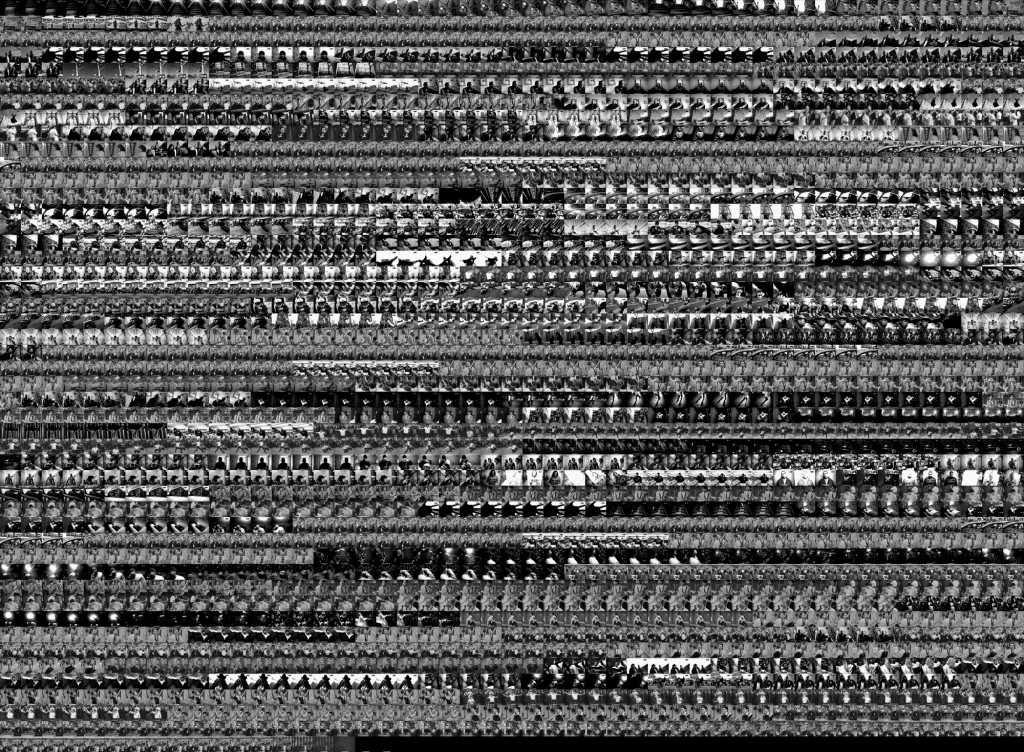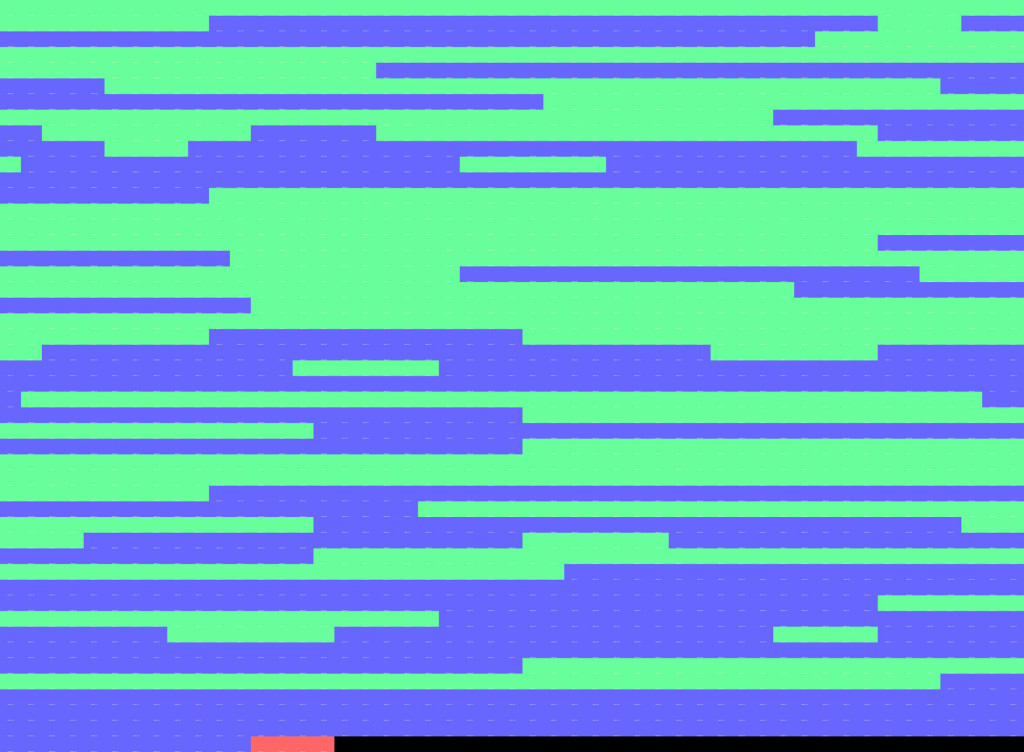Figure 1: Safety Dance https://www.youtube.com/watch?v=vElbh2Ox1dA
Editorial Note: This is the first entry on Remix Data by Eduardo de Moura, a researcher and scholar from São Paulo, Brazil who has been developing visualization methods under the guidance of Eduardo Navas at The School of Visual Arts and The Arts & Design Research Incubator (ADRI) in the College of Arts and Architecture, The Pennsylvania State University. This entry marks the evolution of remixdata.net in becoming an online resource and hyperhub on which ongoing collaboration and research on remix studies will be shared with the online community. The research is conducted among individuals who are mutually interested in remix and data visualization in the arts, humanities and social sciences.
I have been developing my Ph.D. thesis at the State University of Campinas (UNICAMP) since 2014. Currently, with the assistance of the São Paulo Research Foundation (FAPESP), I had the opportunity to improve my research under the supervision of Professor Eduardo Navas at The Pennsylvania State University, School of Visual Arts and the Arts & Design Research Incubator (ADRI). This text forms part of the research I conducted during my time at Penn State. I thank Eduardo Navas, Graeme Sullivan, Director of the School of Visual Arts and Professor of Art Education, Andrew Schulz, Associate Dean for Research in the College of Arts and Architecture, Andrew Belser, Director of the Arts and Design Research Incubator and Professor of Movement, Voice and Acting, and Tara Caimi, Karen Keifer-Boyd, Marta Cabral, Christen Sperry-Garcia, Felix Rodriguez, Alvaro Jordan, Aaron Knochel, Mark Ballora, Joe Julian and Cynthia White for making my residency at University Park productive. The main points of this paper were presentation as a dialogue at ADRI on February 16, 2018.
The research I conducted is part of my thesis – Anime Music Video (AMV), multi and new literacies: The remix in Otaku culture – focuses on the audio-visual productions belonging to an online community whose objective is the elaboration, distribution and appreciation of Anime Music Videos (AMVs). In this article, I intend to provide a summary of this ongoing research.
Anime Music Video (AMV): remix and new literacies
Remixes based on video edition is part of youth cultures: it constitutes a new practice of multilingual and multimodal literacy that includes new values, new aesthetics and new ways to create and share meanings (LANKSHEAR, 2007; LANKSHEAR AND KNOBEL, 2011; NAVAS, 2012; 2013; 2015). For this reason, it is important to recognize the nature that defines the new ways in which young people construct and share meanings in the contemporary world to have a better understanding of how youth cultures establish, through new literate practices, their networks, sociability, aesthetics and professionalization processes.
The video Safety Dance (Figure 1) is an interest example of this New literacies that circulate within youth cultures; especially, between fans of Japanese pop culture. Safety Dance was edited by Shin, a well-known AMV editor, who had won the 2012 Viewer’s Choice Awards (VCA) for “Best Dance Video” and “Best Video That Made You Want to Watch the Anime” – VCA is an import price given by the AMV portal the.org to, as it says, “acknowledge the videos that stand out above and beyond the rest of the video crowd.”
[…]
–Eduardo de Moura Almeida
